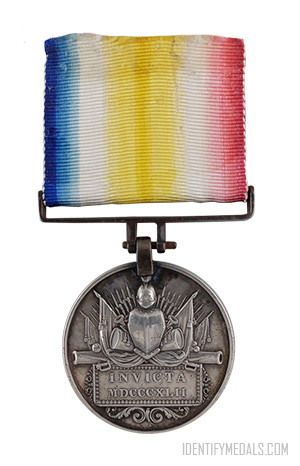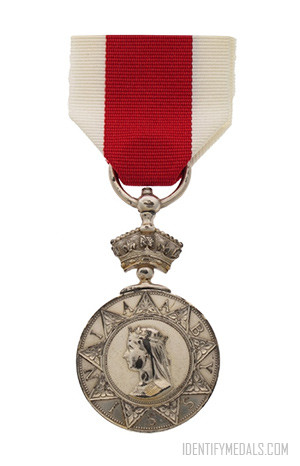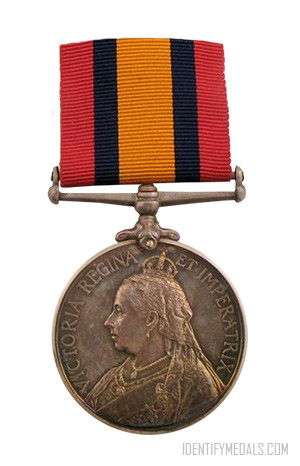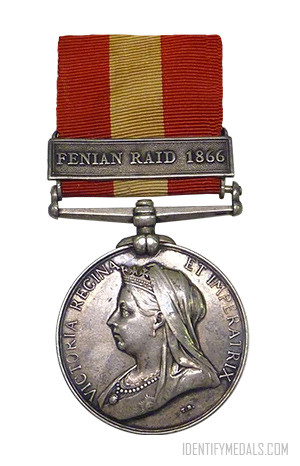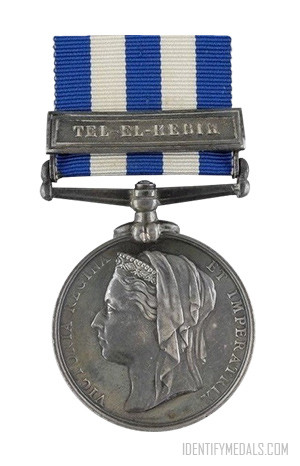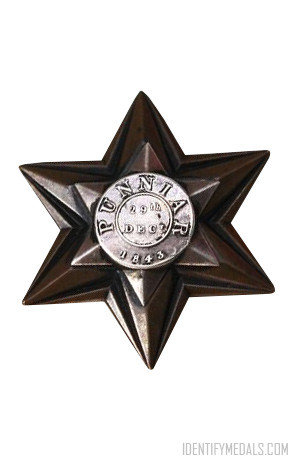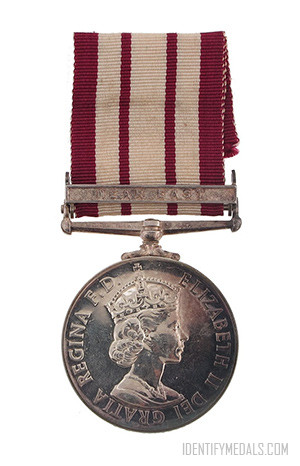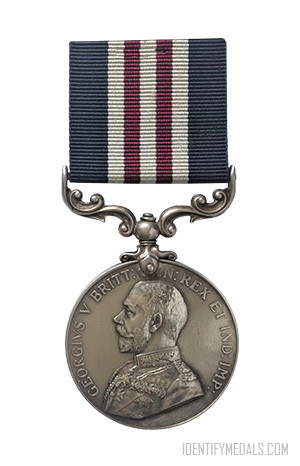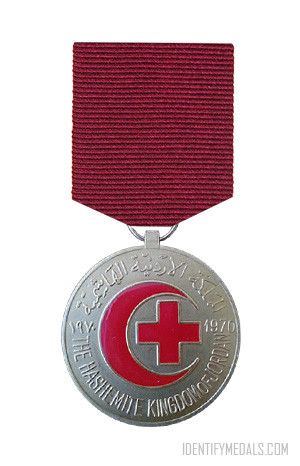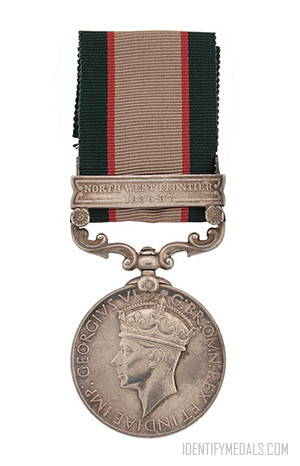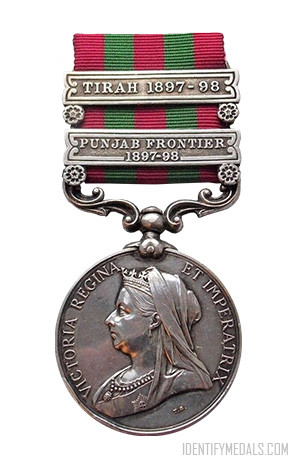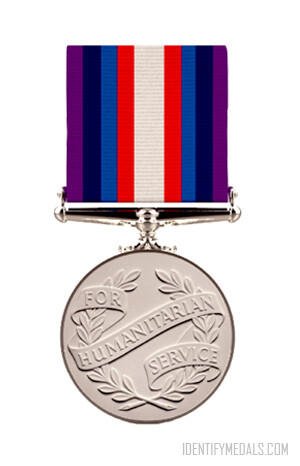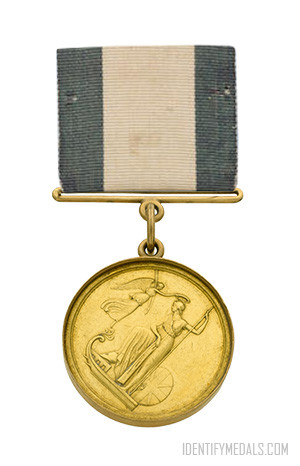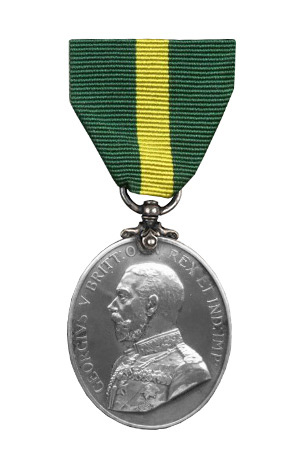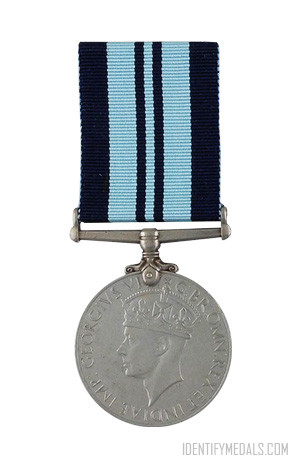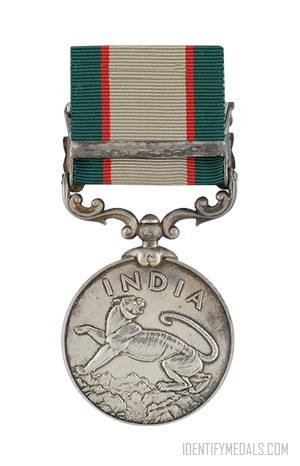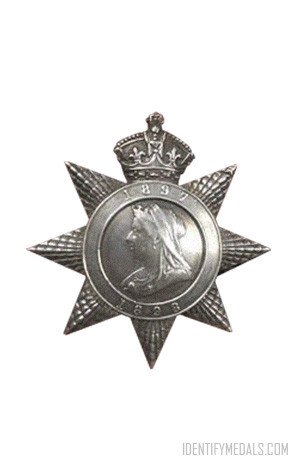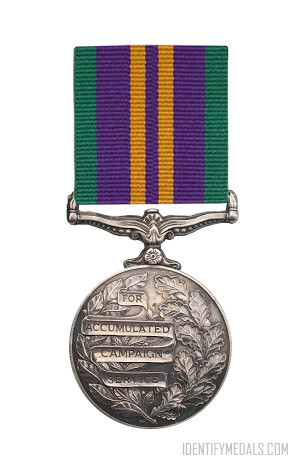- Time Period: Pre-WW1
- Year of Institution: 4 October 1842
- Country: Great Britain
The Kelat-I-Ghilzie Medal is a British campaign medal issued by the British East India Company to the defenders of the fort at Kelat-I-Ghilzie during the First Anglo-Afghan War.
After the Massacre of Elphinstone’s Army, the only forces left in Afghanistan were at Jalalabad and Kelat-I-Ghilzie, a fort between Kabul and Kandahar. The garrison numbering 932 (55 Europeans and 877 Natives) was besieged for most of the winter. Finally, on 19 May 1842, a force was sent to draw off the garrison and relieve them from their post. A few days after this attack the garrison was finally relieved by the forces under Sir William Nott, on 26 May 1842.
For the courage displayed by the garrison at Kelat-i-Ghilzie, the East India Company authorized the medal to be awarded to all troops who participated in the protracted siege.
The Medal for the Defence of Kelat-I-Ghilzie Design
The medal for the Defence of Kelat-I-Ghilzie was designed by William Wyon, official chief engraver at the Royal Mint. It was silver and measured 36 millimeters (1.4 in) in diameter.
The obverse displays a laurel wreath with mural crown at the top of a shield with the inscription KELAT-I-GHILZIE. The reverse has a trophy of arms on top of a plaque bearing the inscription ‘INVICTA MDCCCXLII’.
The suspension consists of a straight steel suspender, attached to the medal by way of a steel clip and pin. The ribbon is the watered rainbow colored ribbon common to most East India Company medals (red on the left edge fading into white, which changed to yellow in the center, fading back to white, until finally changing to blue at the right edge).
The medals were engraved with the name of the recipient in script on the edge for the medals issued to British personnel. The medals issued to indigenous troops were often not named.

